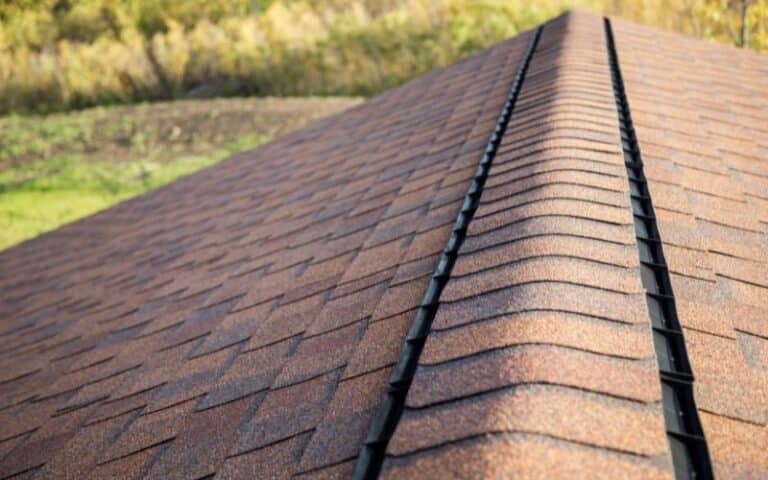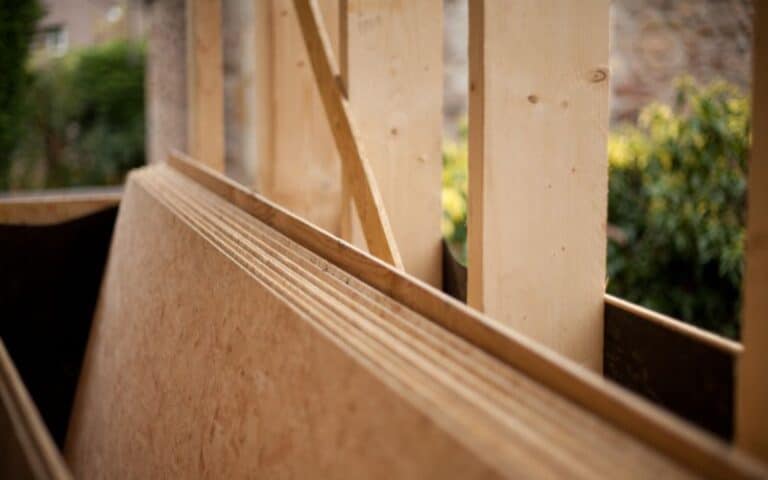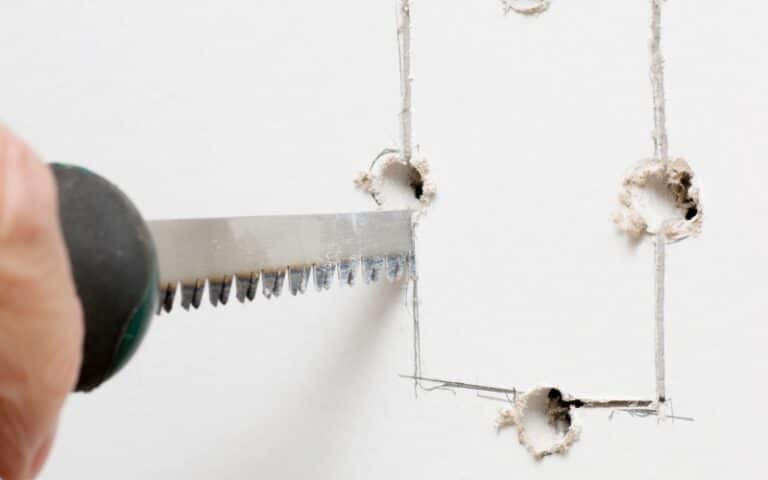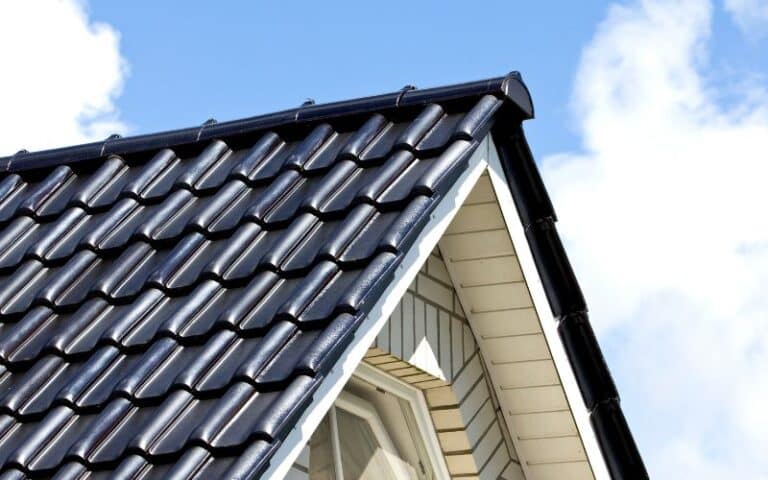Roof tar is beneficial for buildings with flat roofs because it resists the sun’s Ultraviolet rays and prevents moisture retention on roofs.
Besides, it waterproofs styrofoam. On the contrary, as easy as tar application is, there are downsides.
Roofing tar sometimes exudes flames during its application and puts the Roofer and other surrounding materials at risk. But, if I use roofing tar to seal styrofoam, will tar also melt it?
Roofing tar requires enough temperature to turn it into liquid and about 70°F for its curing process. Meanwhile, styrofoam requires a temperature of 464°F to melt. Thus, the styrofoam will be intact during the tar’s curing process since the curing temperature is lower than the styrofoam’s melting point.
Ready for a Roofing Quiz?
Can You Use Roofing Tar for Styrofoam?

You can use roofing tar for styrofoam because the temperature for the roofing tar curing process is below styrofoam’s melting point.
Under normal conditions, roofing cures at a temperature of 70°F while styrofoam melts at 464°F.
Before applying roofing tar, there’s a need to warm it to a temperature of at least 40°F to make it less dense.
This temperature won’t even soften the styrofoam since it’s below the melting point of styrofoam. Fortunately, this heat also won’t affect the styrofoam.
Styrofoam is a product of Polystyrene, which is a poor heat conductor. The foam has many little bubbles for retaining air and restricting heat from entering it.
With that phenomenon, styrofoam tends to cool its environment. The use of roofing tar has been in existence for over a decade.
It involves using a dark oily mixture, usually asphalt on flat roofs, for roof leak repair.
Also, roofing tar can only come in handy on flat roofs, unlike styrofoam which is suitable for flat and low slope roofs.
Furthermore, roofing tar will waterproof the styrofoam so water will not retain on the roof.
Also, while the styrofoam insulates, the roofing tar prevents the access of Ultraviolet rays into the home.
Apart from roofing, styrofoam is also a material for making plastics for packaging and other insulating materials.
Beneath are the advantages and disadvantages of styrofoam.
| Advantages | Disadvantages |
|---|---|
| Styrofoam is compatible with asphalt | Styrofoam is highly flammable |
| It has resistance to the effects of moisture | It is affected by solvents and Adhesives |
| It is durable | Heat sensitive |
| Styrofoam has high resistance to thermal conductivity | Dimensional instability due to Improper curing at the factory |
How Do You Seal Styrofoam Insulation?
Epoxy resin, polyurethane coating, polyurethane resin, and a sealant are suitable materials for sealing Styrofoam Insulation.
Interestingly, all these substances are easy to work with, but it’s better to inform Professionals.
Let’s delve into these sealing materials accordingly.
#1. Epoxy Resin
This substance is readily available for every material that needs waterproofing. Ship Makers use it to waterproof their ships.
The chemical is strong, reactive, and highly resistant to all weather conditions. Moreover, the whole process will be messy.
During its application, put down a few old clothes or papers to prevent the surface from epoxy’s stain.
However, when purchasing epoxy resin, request the one suitable for Styrofoams. Some of these resins are hyper-reactive and could damage the styrofoam.
#2. Polyurethane Coating
Polyurethane coating is a protective layer that bonds to Styrofoams and prevents wear and tears on the styrofoam’s surface.
But if you need the polyurethane coating for waterproofing, opt for the industrial one.
Some polyurethane comes in two parts. And Producers represent them with component A and component B.
This material comes with instructions regarding its application. And for best results, apply a primer before sealing with Polyurethane.
The nature of this sealant gives it an edge over other coating materials. It isn’t too reactive and doesn’t melt the styrofoam. Besides, it dries quickly and hardens the styrofoam after drying.
The polyurethane foam spray is also a good sealing agent for styrofoam. You can even apply it directly on a surface.
It’s a liquid foam we spray on the existing roof and shortly expands into a foam, forming a solid layer across the roof.
#3. Polyurethane Resin
This sealant is an alternative to a polyurethane coating. It’s similar to the coating and will do well in sealing waterproof styrofoam. When dry, it becomes shiny.
#4. Sealant
Sealant is one of the most reliable materials to use in sealing Styrofoams. Due to its versatility, artists use it for their artistic works too.
Most of these Sealants come in buckets, so you apply them with a paintbrush. But before applying Sealants, ensure the surface is dirt-free. And for best results, apply the coating on the surface severally.
After the application, it could take a minimum of one day for the Sealants to dry completely, and sometimes the Manufacturer might state otherwise. But after drying, the styrofoam is now waterproof.
What Can You Use to Coat Styrofoam?
You can coat styrofoam with liquid Polyurethane to strengthen it, give it extra protection against moisture, and add to its insulating ability.
Styrofoam tends to break easily and is quite difficult to paint. Hence, the coating gives it a more durable appearance and helps it accept painting and coloring.
Besides, coated styrofoam tends to last longer than uncoated styrofoam.
Polyurethane is a product of the reaction between polyol and isocyanate. And it’s durable, easy to install, heat resistant, and eco-friendly.
As a result, many Building Contractors apply it industrially on roofs for insulating and waterproofing purposes. Also, Polyurethane helps in roof leak repair, as well as prevention.
Coating the Styrofoam with Polyurethane is crucial in strengthening the building. Its waterproofing prevents water leakage and makes the roof unsuitable for microbial activities.
Before application, ensure to prepare the surface of the styrofoam properly. Most liquified polyurethane hard coatings come in two components– A and B. Put some amount of component B in a bucket and mix vigorously.
Add an equal amount of component A to the ready component B and stir evenly with a spatula.
Pour some quantity of the mixture into a paint tray and apply the Polyurethane with a paintbrush. After application, leave it for 40 minutes to an hour to dry.
Note; To prevent the Polyurethane from coming in contact with the skin, wear protective gloves throughout the process.
What Temperature Does Styrofoam Melt?
Expanded Polystyrene doesn’t withstand much heat. Besides, it’s a petroleum product that’s highly flammable. Styrofoam begins to soften at a temperature of 212°F and melt at 464°F.
Styrofoam automatically ignites at a temperature of 800°F, and it will catch fire upon exposure to naked flame or spark around 680°F.
As a result, it’s not advisable to use a microwave to warm food on Styrofoam plates. The plate could melt and poison the food.
#1. What Can Dissolve Styrofoam?
Air is responsible for the big size of styrofoam. Styrofoam is a product of many polystyrene monomers to produce many holes containing air.
No liquid except Acetone can readily dissolve styrofoam. These Monomers attach to themselves with the aid of a bond. But, when Acetone comes in contact with styrofoam, it breaks the bonds.
After breaking the bonds, the Polystyrene structure collapses, and all the air escapes. As the air escapes, the styrofoam reduces in size and becomes liquid.
Note: Acetone doesn’t melt the styrofoam. It doesn’t use heat. Heat is responsible for melting.
Final Thoughts
Styrofoam is a good choice for roof insulation due to its longevity, durability, and ease of usage. Due to its plastic nature, one might wonder if roofing tar would melt it, but it doesn’t.
The roofing tar curing process temperature is lower than styrofoam’s melting point. Lastly, coating Styrofoam waterproofs it and makes painting on it easy.






